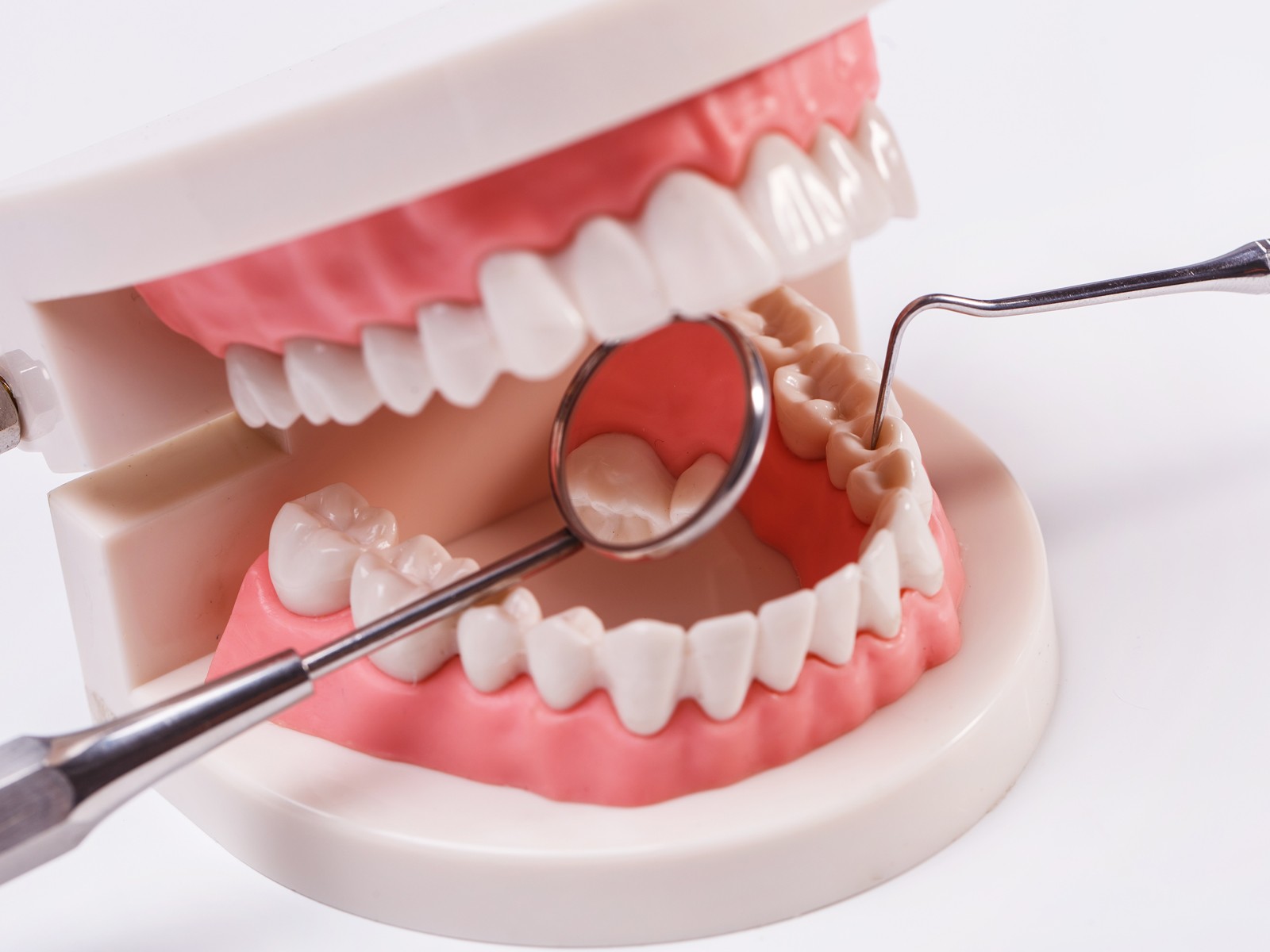
Dental trauma can happen in the blink of an eye — whether from a sports injury, a fall, or an unexpected accident. While the pain and panic can be overwhelming at the moment, understanding how to respond quickly and correctly can make all the difference in preserving your smile. In this article, we’ll walk through what dental trauma is, the common types of injuries, and how to manage complications effectively to prevent long-term damage.
What Is Dental Trauma?
Dental trauma refers to any injury involving the teeth, gums, jaw, or surrounding oral structures. It’s especially common in children and athletes, but anyone can experience dental trauma. These injuries require prompt evaluation to avoid complications like infection, tooth loss, or misalignment.
Types of Tooth Trauma
Tooth injuries can range from mild to severe. Common types include:
- Chipped or fractured teeth – Minor damage to the enamel or deeper fractures that may expose the pulp.
- Tooth luxation – A tooth is loosened or displaced from its normal position.
- Avulsed teeth – The entire tooth is knocked out of the socket.
- Root fractures – A break in the root beneath the gumline, often requiring imaging to detect.
- Soft tissue injuries – Cuts or bruises to the lips, gums, or tongue.
Each of these injuries presents different challenges and risks, so early diagnosis is key to managing them successfully.
Immediate Steps for Managing Tooth Trauma
The first few minutes after an injury are critical. Here’s what to do:
- Control bleeding using clean gauze or cloth.
- Handle a knocked-out tooth by the crown (not the root) and attempt to place it back in the socket, if possible.
- If reinsertion isn’t possible, store the tooth in milk or saline solution and seek dental care immediately.
- Apply a cold compress to reduce swelling.
- Visit a dentist or emergency dental clinic as soon as possible.
Quick action can significantly increase the chance of saving the tooth and preventing further complications.
Professional Treatment for Tooth Trauma
Treatment depends on the severity and type of trauma. Options may include:
- Dental bonding or crowns to repair chipped or fractured teeth
- Root canal therapy for injuries that expose or damage the pulp
- Splinting to stabilize loosened teeth
- Surgical repositioning in severe displacement cases
- Tooth reimplantation or replacement using implants or bridges
In some cases, ongoing monitoring is required to ensure the tooth remains vital and functional.
Preventing Long-Term Damage
Even after the initial injury is treated, complications can develop — including tooth discoloration, root resorption, or infection. Regular follow-up visits, dental imaging, and proper oral hygiene are essential to detect and manage these risks early.
To help prevent dental trauma altogether, consider:
- Wearing mouthguards during sports
- Childproofing your home
- Avoiding habits like chewing hard objects
- Scheduling regular dental checkups
Final Thoughts
Dental trauma is never convenient, but the right knowledge and fast action can make a huge difference in the outcome. Whether it’s a minor chip or a severe avulsion, having a skilled and responsive dental team on your side ensures you’re not alone in the recovery process.
If you or a loved one experiences dental trauma, trust Modern Bite Dentistry in Frisco for compassionate, expert care. Our experienced team is equipped to handle emergencies and restore your smile with precision and care. Contact Modern Bite Dentistry today for professional dental trauma management and routine dental care that keeps your smile healthy for life.

